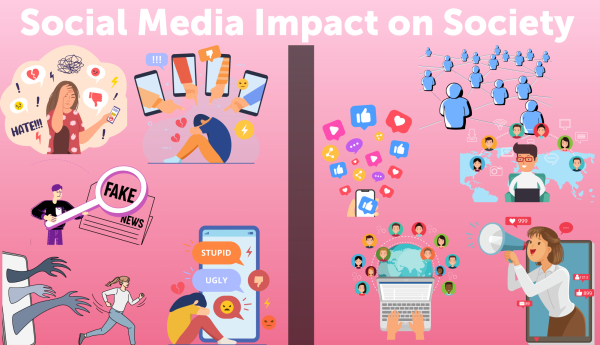Dedicated to Making Cents: The Dangers of Modern Journalism and Broadcast Media
The rise of broadcast journalism has provided a comfortable source of entertainment for viewers to tune in to every night, but the culture created by large multi-million dollar media has undoubtedly contributed to the widespread civil illiteracy among United States citizens, especially in a world where information is only clicks away — on the remote and phone.
While the 24-hour news cycle seems to keep viewers informed, the online discourse regarding and connectivity provided by social media has led broadcast media to do more harm than good, leaving uninformed, yet strongly opinionated Americans.
May 12, 2023
As you settle into the springy couch in the middle of your family room, placed strategically in front of the television, you prepare for a night of intense, yet entertaining plot lines and overdramatic storytellers — you are not rewatching your favorite action movie, but are instead preparing to cuddle up with a bowl of popcorn and tune into some late-night news coverage.
In February, the staff of The Blaze celebrated Student Press Freedom Day, where the issues of media bias and sensationalism being at the forefront of current misinformation and disinformation were discussed. However, this issue is way more intricate than opinionated news anchors eager to prove their arguments.
The culture created by large multi-million dollar media corporations to take bold stances to rake in profit does not explain the widespread civil illiteracy among United States citizens, especially in a world where information is only clicks away.
Rather, the very nature of broadcast journalism creates a world of misinformation and overdramatization when done incorrectly. The physical and ideological closeness and camaraderie that broadcast news networks share with their viewers’, the increased connectivity and discourse around broadcast journalism, and news outlets’ outlandish and specifically tailored headlines not only boost media companies’ ratings, but also fuel misinformation and disinformation.
Closeness and Intimacy
While seemingly obvious, broadcast news networks utilize their shared ideological closeness and political views to spotlight a specific side of the aisle and boost their ratings. Nowadays, if you tune in to a news network, you are likely to hear the use of terms like “they are targeting us,” “we need to fix this,” or “they can’t keep taking advantage of us.” This is the manifestation of the “us vs. them” mentality — intentionally associating oneself with a group more similar to them, while allocating the outgroup as “them.”
These biases confuses those in search for objective information. Even seasoned reporters like WTOP Morning Anchor Michelle Basch finds herself appalled at the partiality of news networks. “What is news? You could ask anyone that question and you would get a million different answers,” Basch said.
In the journalistic world, this has many implications, and very few are beneficial. When those responsible for providing unbiased, accurate news begin to associate themselves against the people and bodies they are reporting on, news’ truthfulness is sacrificed. Through establishing a common ground with their viewers, news companies create a sense of relatability with their viewers and demonize opposing political bodies and groups, but leave a gaping void of unbiased news.
The mentality manifests when reporters allow their personal opinions and religious beliefs to affect their news coverage. A prime example of this is abortion coverage — after the overturn of Roe v. Wade in June 2022, conservative reporters immediately took their segments to discuss the benefits of this legislation, specifically praising former President Donald Trump for nominating staunch conservatives Neil Gorsuch, Brett Kavanaugh, and Amy Coney Barrett to the Supreme Court and targeting current President Joe Biden and his left-leaning government for have allowed babies to be killed.
During the height of the pandemic when the majority of schools were closed, conservative reporters did the same and challenged scientific reporting, targeting health officials for feeding so-called misguided and false information to the Trump administration. A key argument consistently used was that the COVID-19 guidance was stifling the growth of young kids by preventing them from attending in-person schools.
This sense of community also extends to guests and experts brought onto the show, with political commentators and professionals often inviting those who share similar political and even religious beliefs, discrediting their guidance and so-called, fact-based opinions.
Online Discourse
The inherent connectivity of journalism in the online world — whether that be through the internet, social media, or television — not only allows for more drama, but also more misinformation. It is known that arguments become significantly more hostile when done through a screen, and cyberbullying within the news space is much easier to do through broadcast journalism.
“When social media launched I was really excited, I thought it would be this wonderful thing and it seemed like it was for a while, but now it turned out to be not so great,” Basch said.
Many politicians, scientists, and self-proclaimed experts take to Twitter to harshly criticize or discredit guests and anchors alike. This increased freedom and ability to connect, not to discuss and better the understanding of news, but rather argue over it, has increased the relatability, entertainment, and access to news, with 30-second viral clips constantly surfacing.
Furthermore, this comment section-like feedback is also present in the internet and online journalism world with trusted news sources like The Washington Post, The New York Times, and NPR allowing for comments on articles. For some, just one read of extremely untrue information can sway one’s perception of an article and issue, removing the step of personal research and understanding, and instead focusing on the natural human instinct to win an argument. This increased connectivity has created a culture where most tend to argue rather than honoring the basis of news and information being presented.
Outlandish Headlines
One key aspect of journalism is capturing and retaining the audience’s attention to present important information. However, sometimes, networks go too far, including brief headlines that significantly editorialize or misconstrue information. While often not intentional, this aspect of journalism undoubtedly confuses countless Americans — many of whom simply switch from news channel to channel, just skimming for flashy headlines.
At second glance, journalists and news networks are trusted to accurately and truthfully convey information to include a balance between verbs and adjectives with negative and positive connotations, verbs and communicate an unbiased overall message and tone.
In more right and left-leaning outlets, political commentary, which strongly argues in favor of one side of the aisle, sometimes leading to confusion of whether statements are unbiased and accurate. Headlines on the TV screen sometimes constantly consist entirely of the news anchor’s opinions and personal experiences with a situation, politician, or event.
Moreover, the unbalanced type and diversity of information that media broadcast outlets cover within their 1-2 hour show can lead to blind spots. In this day and age, it is clear that there is an overflow of news and not enough time to report it all.
Strides to Unbiased News
Ground News is one resource that is helpful when assessing one’s personal bias and navigating medias’ biases that provides “blind spots” of information that you might have missed due to your political affiliation and chosen news sources.
It’s being the gatekeeper of what is important enough to even put in your broadcast in the first place and then how you treat that story.
— WTOP Morning Anchor Michelle Basch
News organizations’ story choices play a key role in the diversity and breadth of news their audiences are aware of. “For instance, Fox News does a lot of stories about immigration and the situation at the southern border; I know that they do many of those stories and many of their competing networks do not,” Basch said. “They’re saying this story is important enough to follow and other news organizations may not even barely talk about it at all — that is fascinating to me; it’s being the gatekeeper of what is important enough to even put in your broadcast in the first place and then how you treat that story.”
Despite the majority of reporters aiming to report accurate and truthful information no matter the consequence, journalism is not a natural profession. If done right, the job involves being constantly attacked from both sides of the aisle. In journalists’ struggle to find the balance to provide editorialized news, there are often gaps left in information, the average American struggling to piece dense information.
This form of reporting with zero interpretation leads to widespread misinformation and disinformation. Without interpretation of facts and information in news, misinterpretation and misinformation flourishes. However, with interpretation, when not done properly, results in an opinion article when viewers are expecting unbiased news.
Broadcast and television journalism has capitalized on individuals’ limited attention span, allowing for some anchors to communicate opinionated information riddled with biases in an attempt to satisfy their viewers. Now, late night and daytime talk shows — once praised for their unbiased, transparent direct news coverage — seem more like an entertaining political crossfire debate.
To bridge this gap between strong-held opinions and the need for unbiased, factual news, broadcast media outlets should allow for a segment of the show that’s clearly political commentary and is differentiated from unbiased news. This format will aid in ridding the broadcast system of intentionally unbiased news. Rather than eradicating talk show hosts, media networks should eliminate a culture of stark political views and lean into their role as fierce reporters of truth — after all, this is the ultimate goal for most reporters.



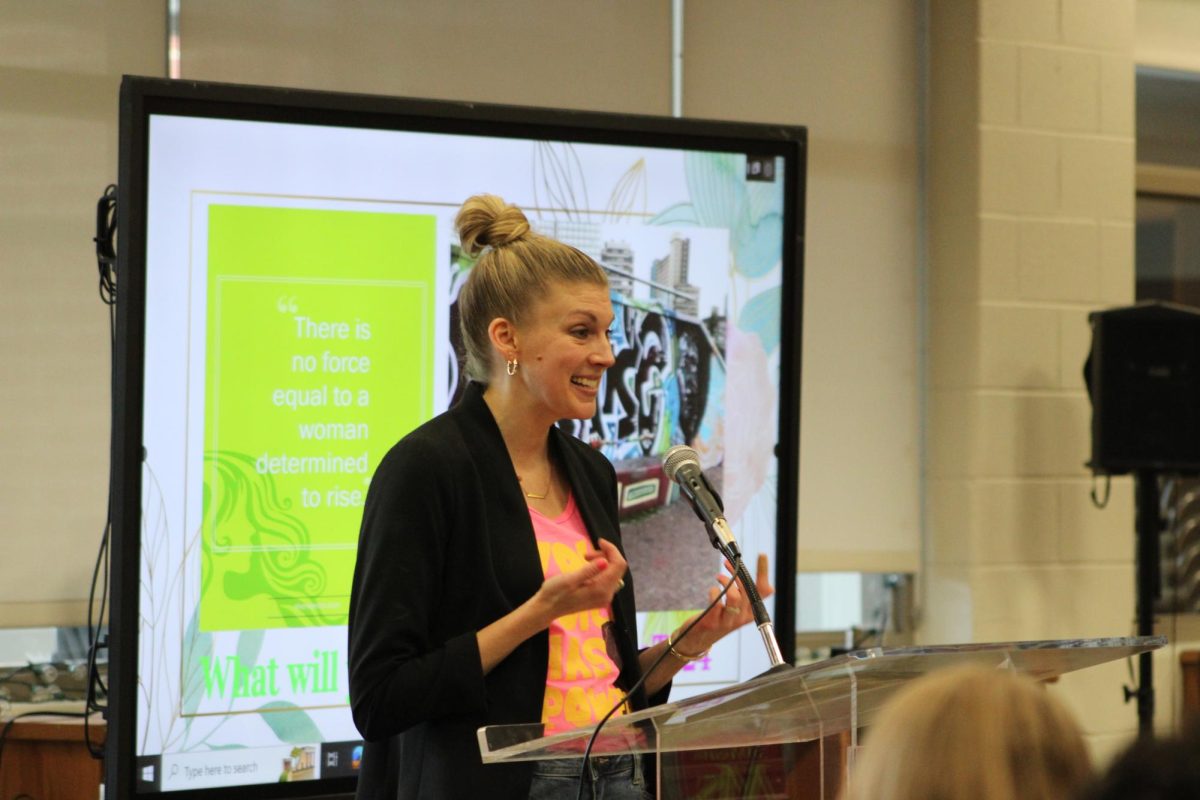
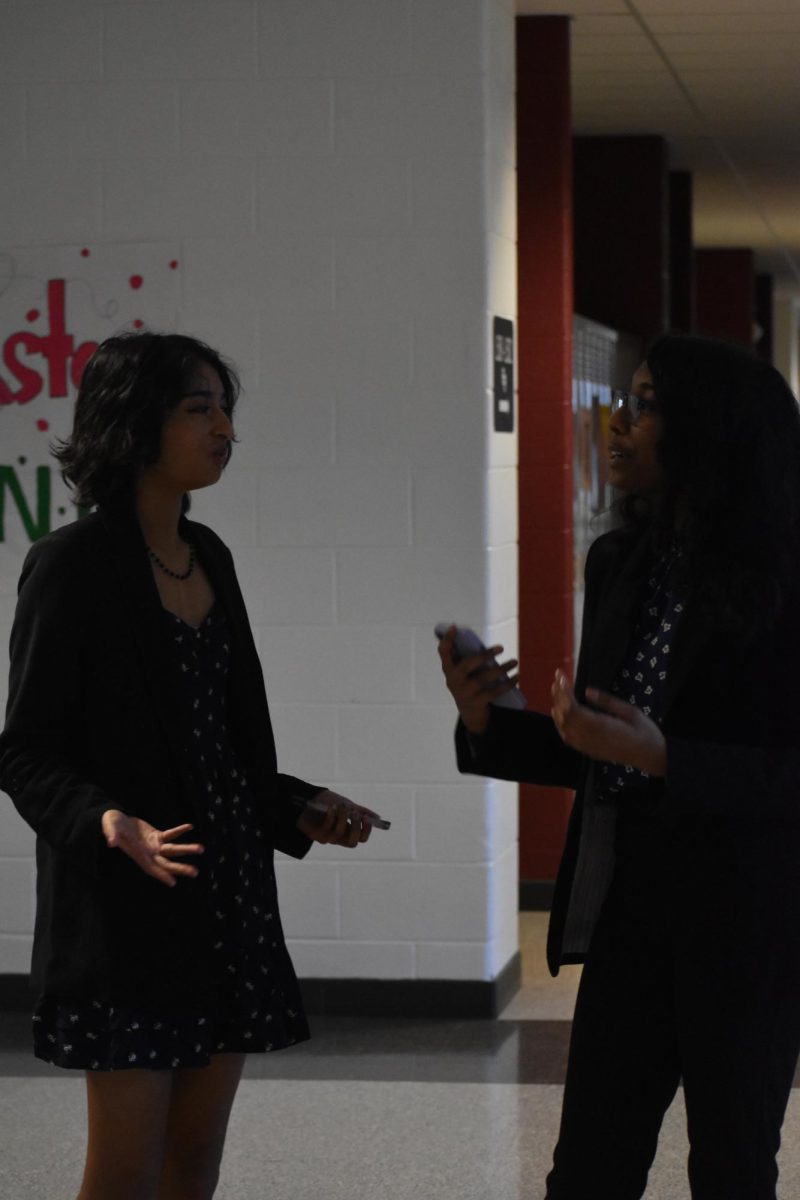
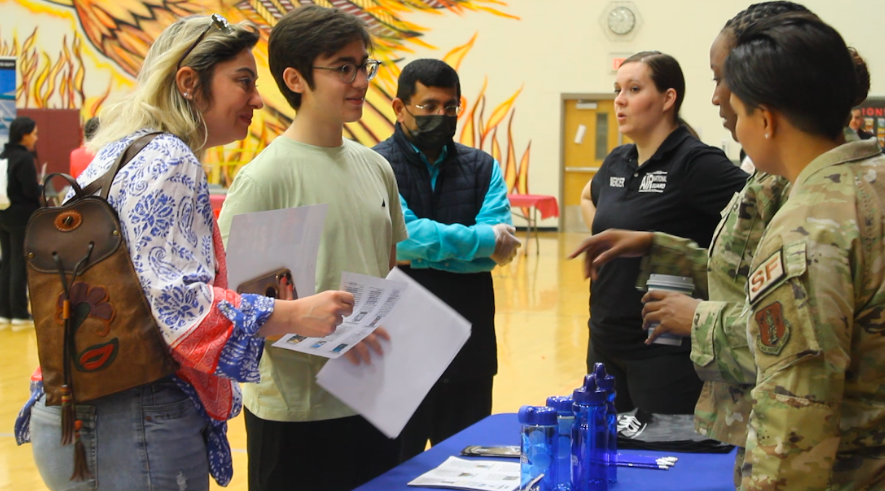
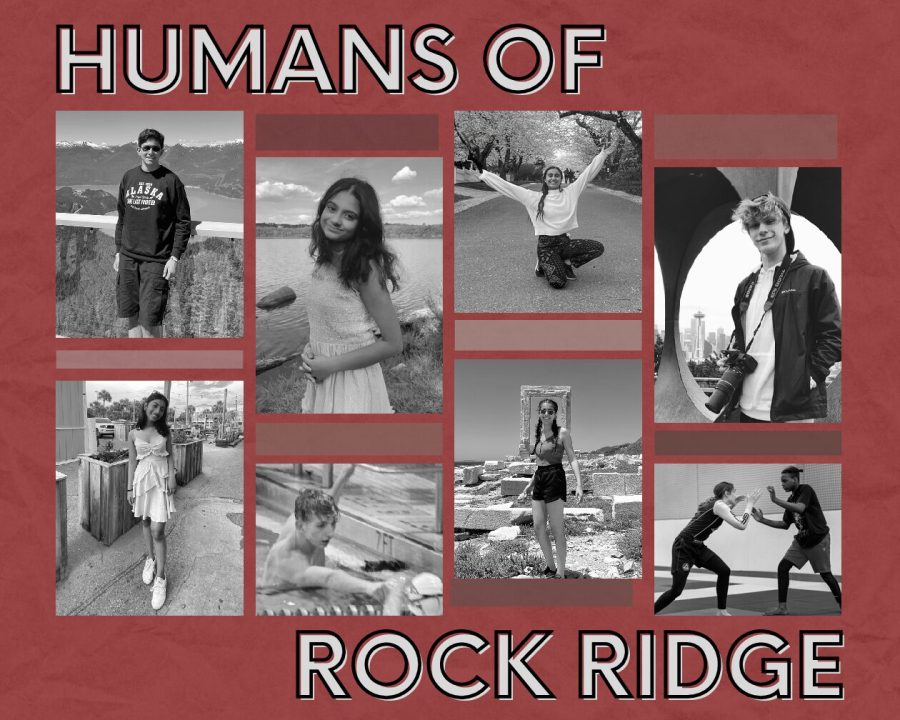
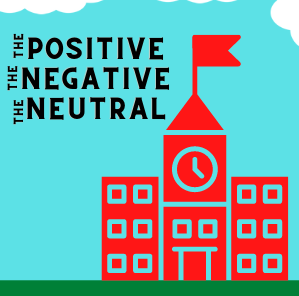




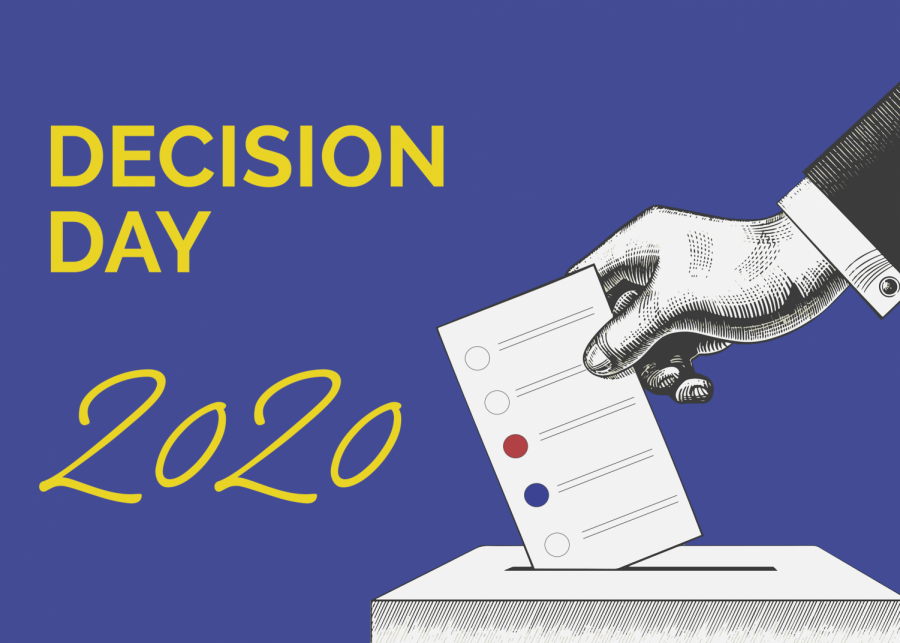
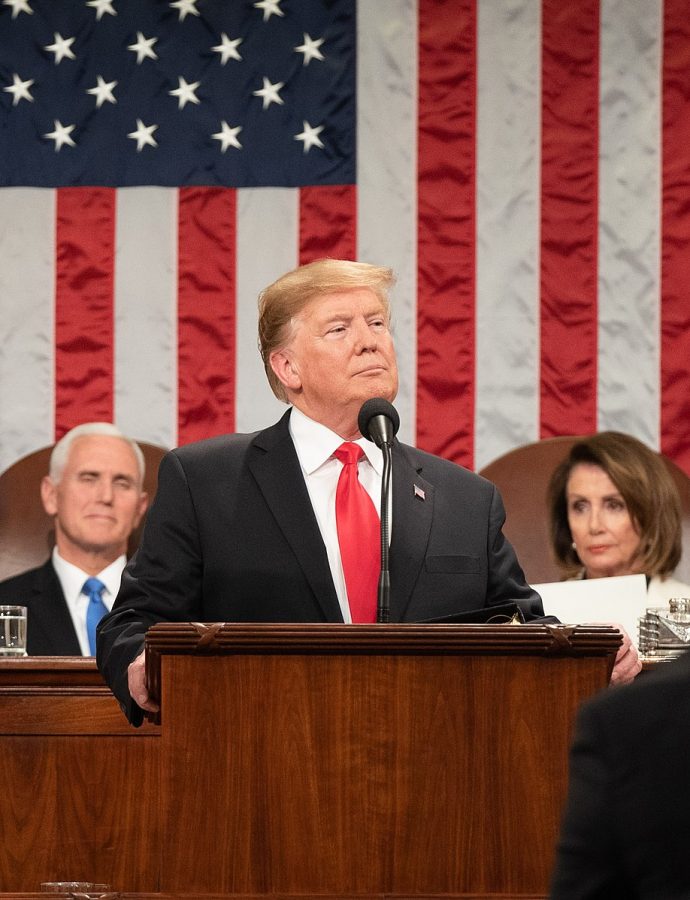




![With the energy and effort the Bolts were bringing to the game, the Phoenix had to step up and match them to make it through their first game of the season. Many of the girls on the team, including freshman Nazly Rostom, have been playing soccer since their childhood and have grown a love for the sport as a result. “It was fun to see how we actually played in a [real] game,” Rostom said. “Even though the outcome was not what we were hoping for, I’m still happy we got to play together.”](https://theblazerrhs.com/wp-content/uploads/2024/04/DSC_0154-1200x800.jpg)


![Held up by a group of cheerleaders, flyer sophomore Leyu Yonas poses as part of a stunt, also supported by flyer junior Shayne Mitchell behind her. (Left) Prior to the pink out football game on Oct. 13, the athletes practiced in the aux gym from 5 p.m. to 6:30 p.m. (Right) On Oct. 19, the cheerleaders competed in their District Championships at Woodgrove High School. “We definitely put all our effort on the mat [at Districts], and it showed,” Mitchell said. Left: Photo by Nadia Shirr. Right: Photo by Steve Prakope via Victor O’Neill Studios.](https://theblazerrhs.com/wp-content/uploads/2023/11/feature-image-1200x823.png)
![Sophomore Xavier Smith (6), the Phoenix quarterback, runs the ball as his teammates help hold up the defense. “My [offensive] line collapses, so I just [have to run], and its a good way to get first downs because [Tuscarora’s] defense was really good,” Smith said.](https://theblazerrhs.com/wp-content/uploads/2023/11/IMG_5383-1200x897.jpg)
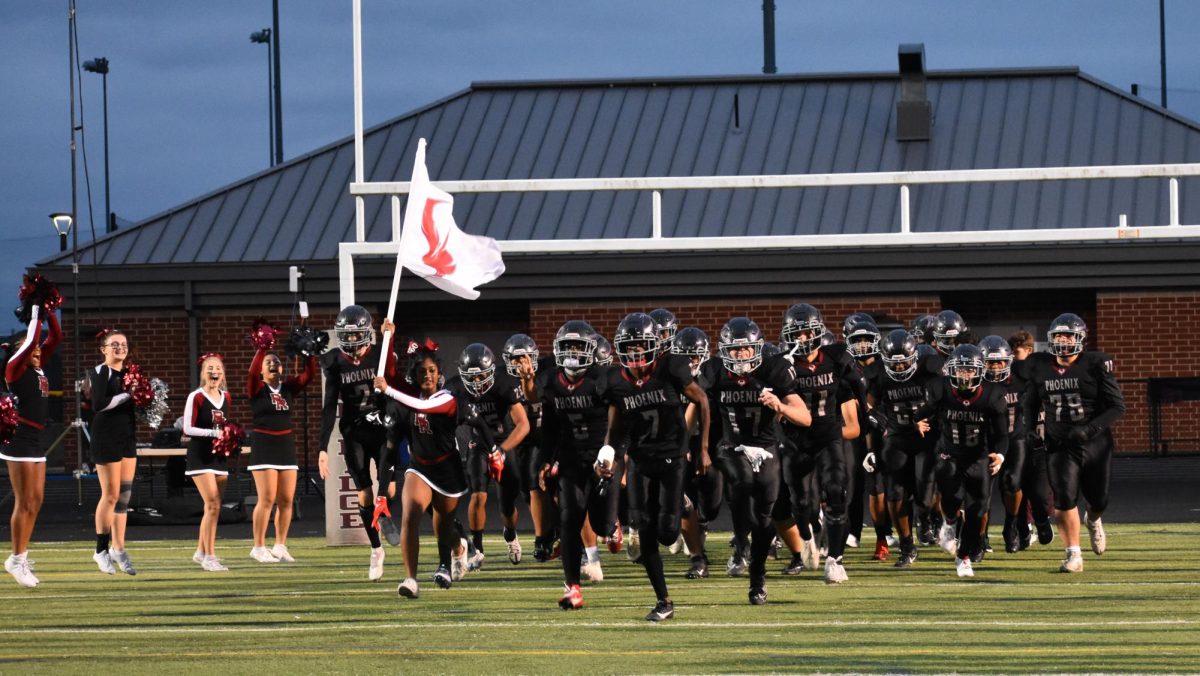


![As the referee throws the ball up for the tip-off, freshman Simone Diby leaps towards the ball to get it in Phoenix possession. Diby is a new member of the Phoenix girls basketball team, and despite it being a change, she finds it enjoyable. “It’s definitely a different experience if you’ve never played on a team, [but] I think it’s still fun.”](https://theblazerrhs.com/wp-content/uploads/2024/03/DSC_0057-1200x662.jpg)








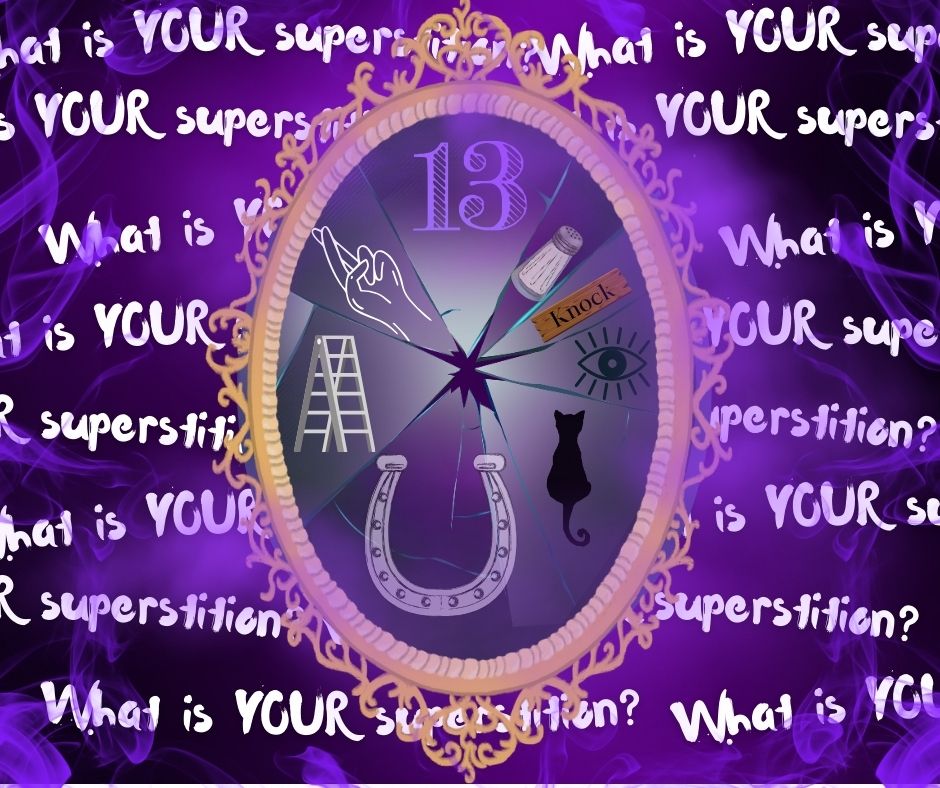





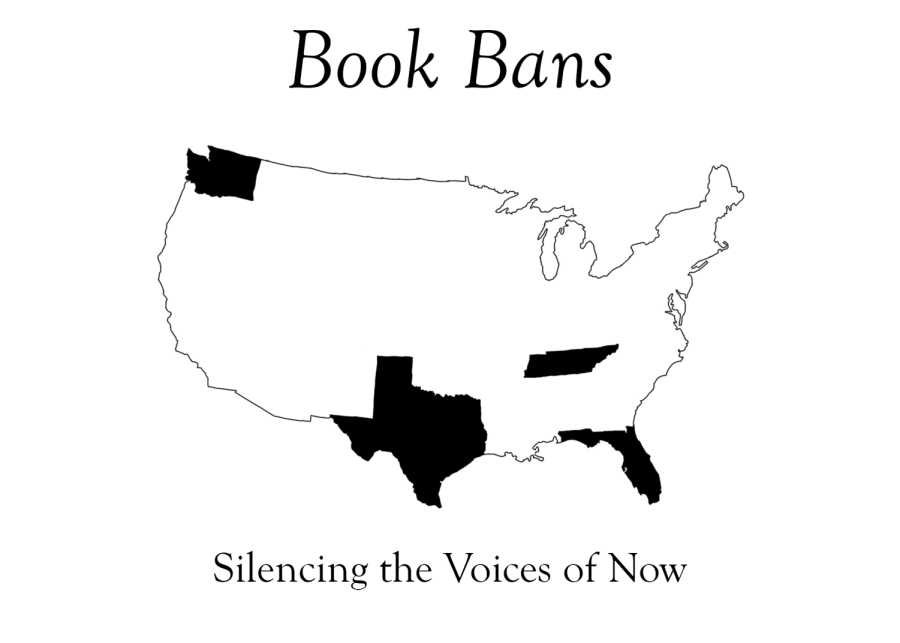
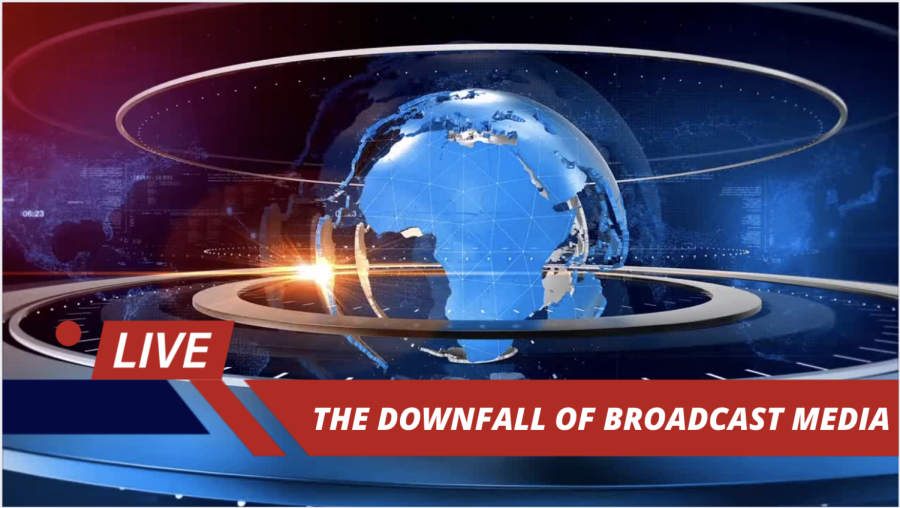









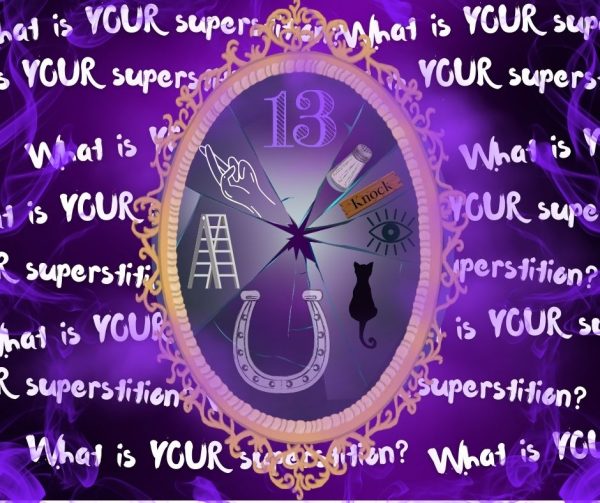



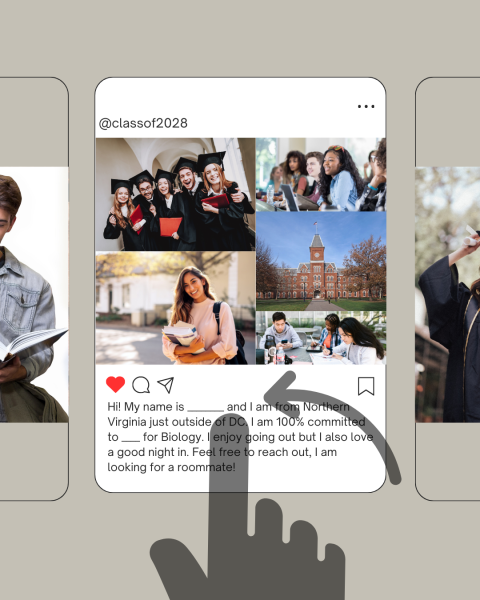
![Gracing stages, football games, and even the big screen, Taylor Swifts popularity doesn’t seem to be declining anytime soon as she’s been almost everywhere on social media, and just this December, [Swift] won TIME Magazine’s Person of the Year award. This brought along magnificent pictures of Swift, articles praising her, and some controversy between Swifites (Swifts most devoted fans), and other people on whether or not she should have won this award.](https://theblazerrhs.com/wp-content/uploads/2024/04/taylor-swift-person-of-the-year-1-547x600.png)
